The Fort Garry Horse wore a blue and yellow lanyard.
Last edited by Battalion Colours on Thu Oct 14, 2010 9:10 pm; edited 1 time in total
 World War II Canadian Lanyards
World War II Canadian Lanyards Re: World War II Canadian Lanyards
Re: World War II Canadian Lanyards
 Re: World War II Canadian Lanyards
Re: World War II Canadian Lanyards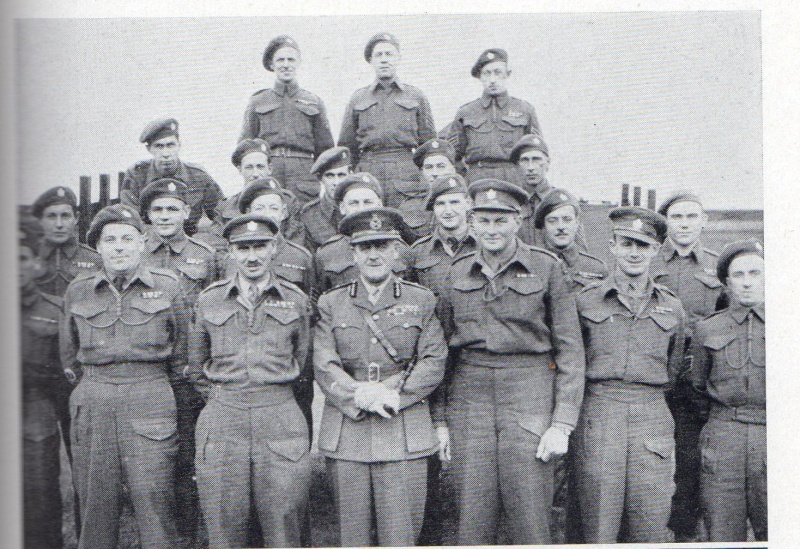
 Re: World War II Canadian Lanyards
Re: World War II Canadian Lanyards
 Re: World War II Canadian Lanyards
Re: World War II Canadian Lanyards
 South Sask Regt Lanyard
South Sask Regt Lanyard
 Re: World War II Canadian Lanyards
Re: World War II Canadian Lanyards

 Re: World War II Canadian Lanyards
Re: World War II Canadian Lanyards
 Re: World War II Canadian Lanyards
Re: World War II Canadian Lanyards
 Re: World War II Canadian Lanyards
Re: World War II Canadian Lanyards Re: World War II Canadian Lanyards
Re: World War II Canadian Lanyardssouthsaskscotty wrote:Thanks for the ID help...are those all that rare? I stick exclusively to Canadian militaria so not much of an idea about French decoration.
Scott

 Re: World War II Canadian Lanyards
Re: World War II Canadian Lanyards
 Re: World War II Canadian Lanyards
Re: World War II Canadian Lanyards
 Re: World War II Canadian Lanyards
Re: World War II Canadian Lanyards Re: World War II Canadian Lanyards
Re: World War II Canadian Lanyards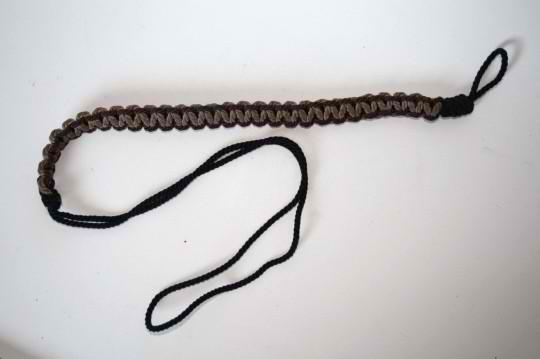



 WW2 Cdn Airborne Paratrooper Lanyard
WW2 Cdn Airborne Paratrooper Lanyard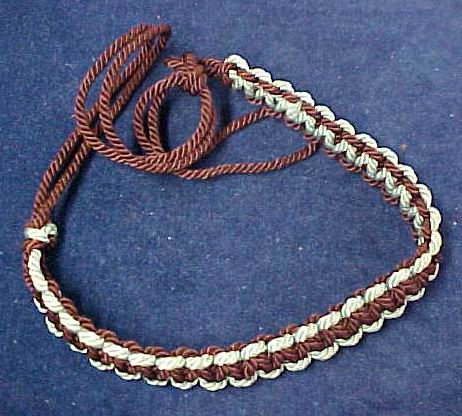
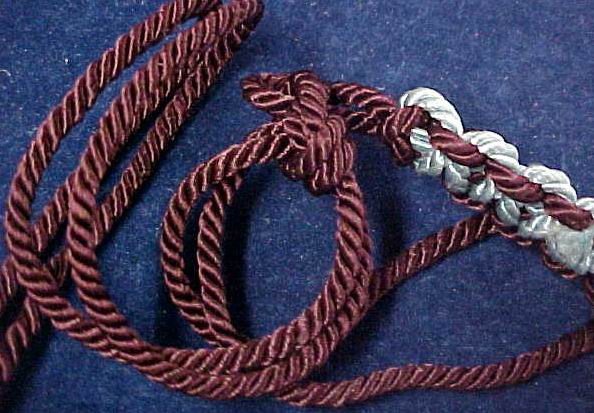
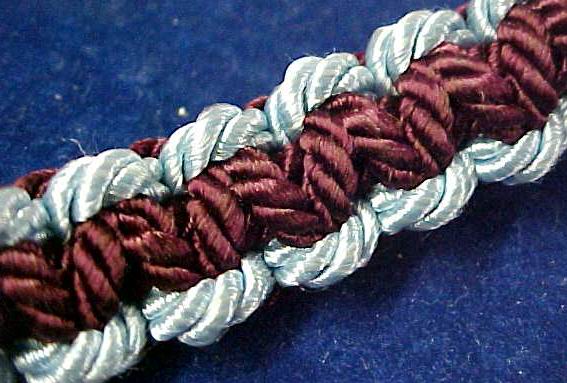
 Re: World War II Canadian Lanyards
Re: World War II Canadian Lanyards Re: World War II Canadian Lanyards
Re: World War II Canadian Lanyards


 Re: World War II Canadian Lanyards
Re: World War II Canadian Lanyards